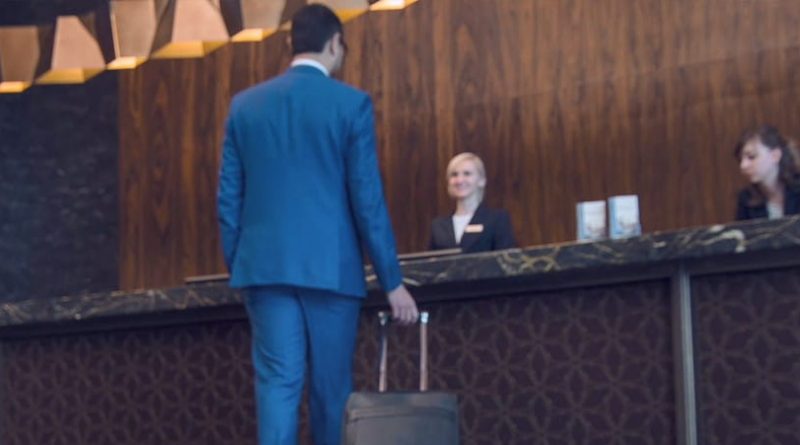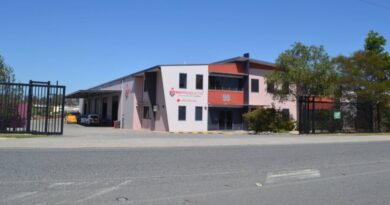Capital markets outlook 2021: Colliers
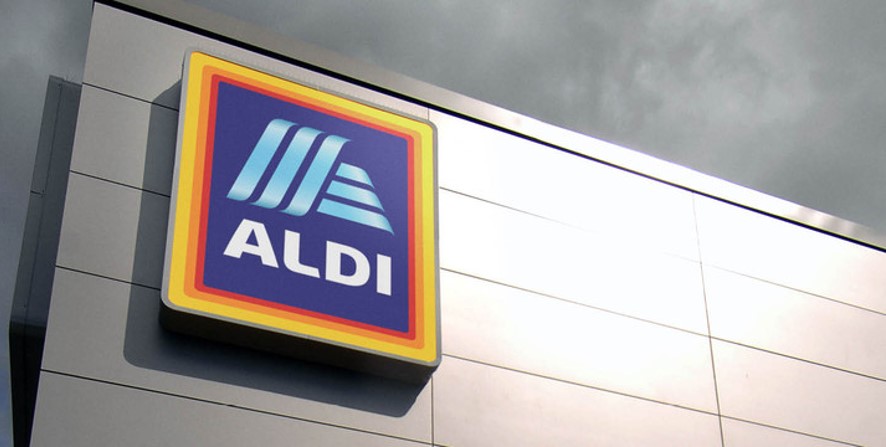
The pandemic has had deep economic ramifications across the globe during 2020.
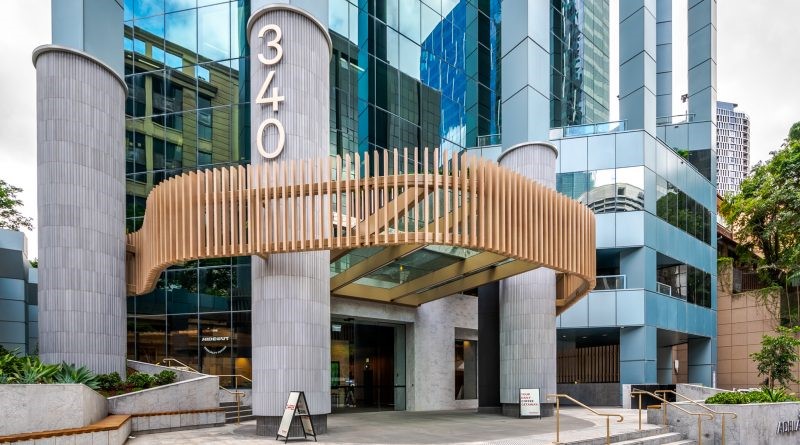
This economic slow-down is evident through the fall in transaction levels within commercial real estate.
Transaction levels have decreased significantly during the first three quarters of the year.
While the retail and hotel sectors were strongly impacted, the office sector has recalibrated with a focus on occupancy and the industrial sector has shown resilience.
Overall, the high degree of uncertainty caused both vendors and purchasers to pause investment decisions until the effects of the pandemic on occupancy and income levels are better understood.
Institutions and investors decided to hold divestment mandates as they wait for evidence to analyse the impact of COVID-19 on investment metrics.
According to Real Capital Analytics, global real estate transactions are down 40 per cent in the first three quarters of the year compared to the same period last year.
The decline is more pronounced in the Asia Pacific region with a 42 per cent decrease in transaction volumes over the same period. Asia was the first continent to be hit by the pandemic and consequently the first region to establish lockdown policies, affecting transaction volumes early on this year.
In Australia, real estate transactions were down 58 per cent, with $10.96 billion of assets traded during the first three quarters of 2020. The hotel sector was the most impacted, volumes down 80 per cent, followed by office and then retail sectors, with volumes down 75 per cent and 29 per cent respectively.
The industrial and logistic sector was more resilient, supported by strong fundamentals and an increasing reliance on logistics networks, with transaction volumes up 6 per cent compared to the same period last year.
Transaction volumes fell across all states: QLD (-67 per cent), NSW (-66 per cent), WA (-38 per cent), VIC (-29 per cent) and SA (-7 per cent).
However, despite travel restrictions, offshore investors continued to see value in the Australian market and capital inflow remained strong, representing 32 per cent of deal volumes to date.
Foreign purchasers are also seeing a currency advantage, resulting in significant offshore capital looking for opportunities in Australia.
So far in 2020, the assets that have traded have shown minimal movement on yield metrics, reflecting significant pent-up capital seeking placement and the lack of stock available for sale.
However, the flight to quality thematic is beginning to play out as investors chase strong covenanted assets with long WALEs. Most of the major domestic institutional investors are well capitalised with several undertaking capital raisings to shore up their balance sheets.
Gearing is much lower than during the GFC which gives many institutional owners the ability to ride through the initial pandemic period.
In addition, most of the reporting period has suggested that yields have held or tightened in the office and industrial markets however the retail sector has seen a write down in book value for many of the major retail assets and cap rates have softened by up to 26 basis points, depending on asset, between December 2019 and June 2020.
FIRB temporary response
At the beginning of the pandemic, the Foreign Investment Review Board implemented a temporary response to COVID-19.
This change has lowered the threshold for foreign investment to zero dollars meaning all foreign investment and leases to foreign companies would require FIRB approval.
To allow for the reviewing of all applications the timeframe to review has increased from 30 days up to six months.
There have been some administrative changes made to be able to streamline the application process and our experience is that the review process is much faster than six months.
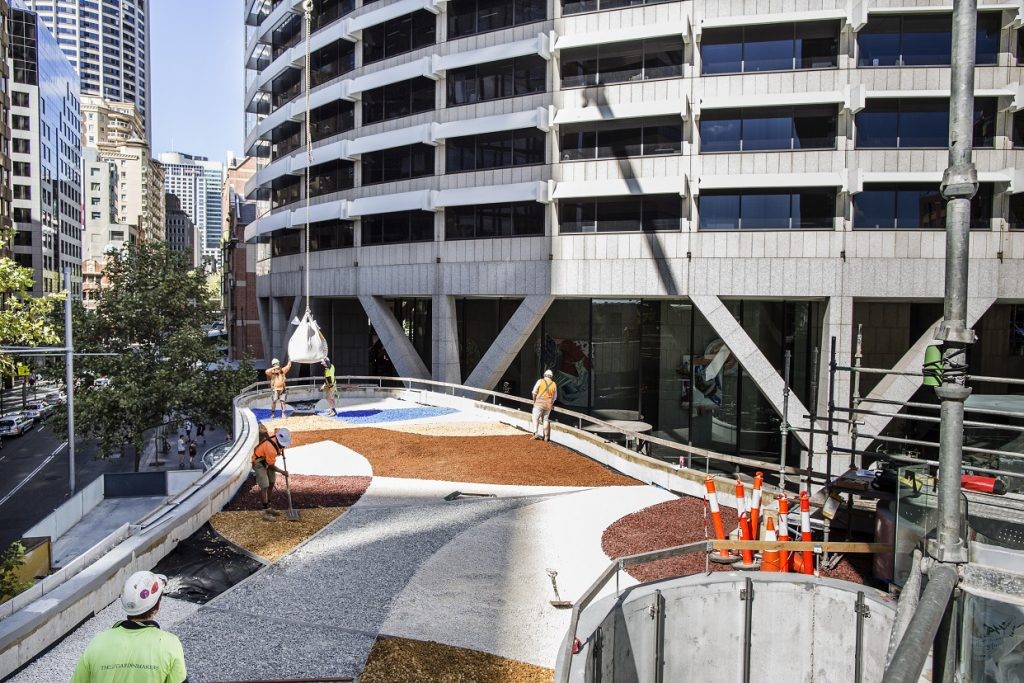
Office: fundamentals remain strong
The COVID-19 pandemic initially halted capital investments into the office sector as a reaction to domestic restrictions.
With the vast majority of office workers required to work from home, this left the market questioning the future of flexible working and the relevance of corporate offices.
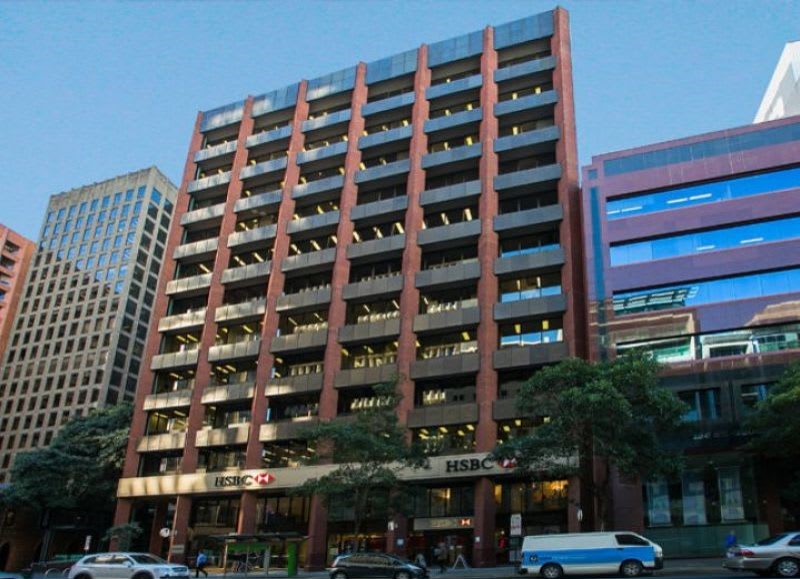
The uncertainty around future occupancy levels, together with strict domestic and international travel restrictions halted a majority of capital investment flows.
Many current transactions were put on hold until there is more clarity in the leasing market and future performance.
After a strong year in 2019 with $25.0 billion of sales, a sharp drop was recorded during the first three quarters of 2020, with sales volumes falling to $4.3 billion.
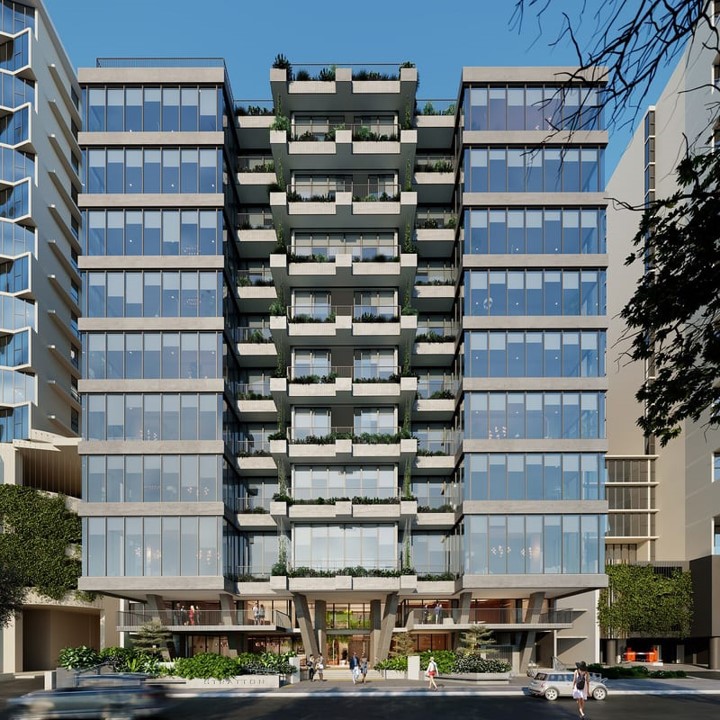
The Australian’s office market is facing headwinds with a focus on having secure short-term cashflow.
Key metrics such as net absorption and vacancy rates are forecast to move, reflective of the current clouded environment.
Companies are still gauging the effects of the pandemic on their business performance before making decisions on head count and office requirements.
Incentives are likely to increase as institutional landlords want to preserve occupancy and face rents.
Periods of negative net absorption and increased incentives are not unusual as the demand for office space is typically sensitive to economic cycles.
However, the office sector has proven its resilience as lease structures help protect income through these periods. The last reporting season showed the strong fundamentals of the office sector and delivered a positive outlook.
To better understand the impact of a global economic crisis on the investment market, we looked at the most recent crisis being the GFC and sought guidance and comparison. In the lead up to the GFC in September 2008, capital values grew significantly, domestic institutional investors had higher leverage and the AUD was at near parity with the USD.
Yield compression was substantial and peak yields fell below the bond rate. With the combination of all of these factors it became evident the risk was not adequately priced and hence yields softened that dramatically in the office market when the GFC hit.
The economic impacts of the COVID-19 crisis will be far deeper and will be felt for a longer period.
Key differences with the GFC are the RBA interest rate is at a record low, the AUD well below the USD and institutions are far less leveraged.
The spread to the risk-free rate is above the long-term average and therefore the risk is adequately priced. Foreign purchasers are also seeing a currency advantage and are showing a strong interest in pursuing acquisition opportunities in the country.
The latest REITs reporting season highlights the strong fundamentals and optimistic outlook of the office sector.
Rent collections reported by the major REITs are well above 90 per cent across their office portfolio.
While there has been some write downs in values, it appears to come mostly from below the line adjustments to protect income.
Most office portfolios have seen no change in cap rates between December 2019 and June 2020.
Transaction volumes have fallen during the first half of year. As we are now seeing an increase in activity, we expect to record more transactions during the final quarter of the year.
Offshore groups are expressing a strong interest to invest in the Australian market, and while travel restrictions are still in place, onshore managers are able to assist with the acquisition process.
Office outlook
The outlook for the office market remains very positive.
There has been many articles written on the underlying fundamentals of the office with work from home being widely adopted, affecting occupancy and take up.
While flexibility will become more prevalent, recent surveys showed that over 85 per cent of office workers do not want to give up their desk. Building company culture and collaboration are also key aspects of the office environment. This will underpin long term occupancy and performance.
We expect that the office sector will continue to attract strong demand.
Australian real estate remains highly attractive globally. High yields, a resilient economy and political stability underpin the strong market fundamentals.
Many offshore groups have management teams in place in Australia and we expect flow of capital to continue to increase through to 2020 and into 2021.
With the high demand for prime grade stock, we expect that cap rates will hold, and prime assets with long WALE and strong covenants could see further cap rates compression and uplift in value.
The two tiered market will become more obvious and secondary assets with high vacancy levels will see decline in values due to longer let up periods and possible cap rates softening.
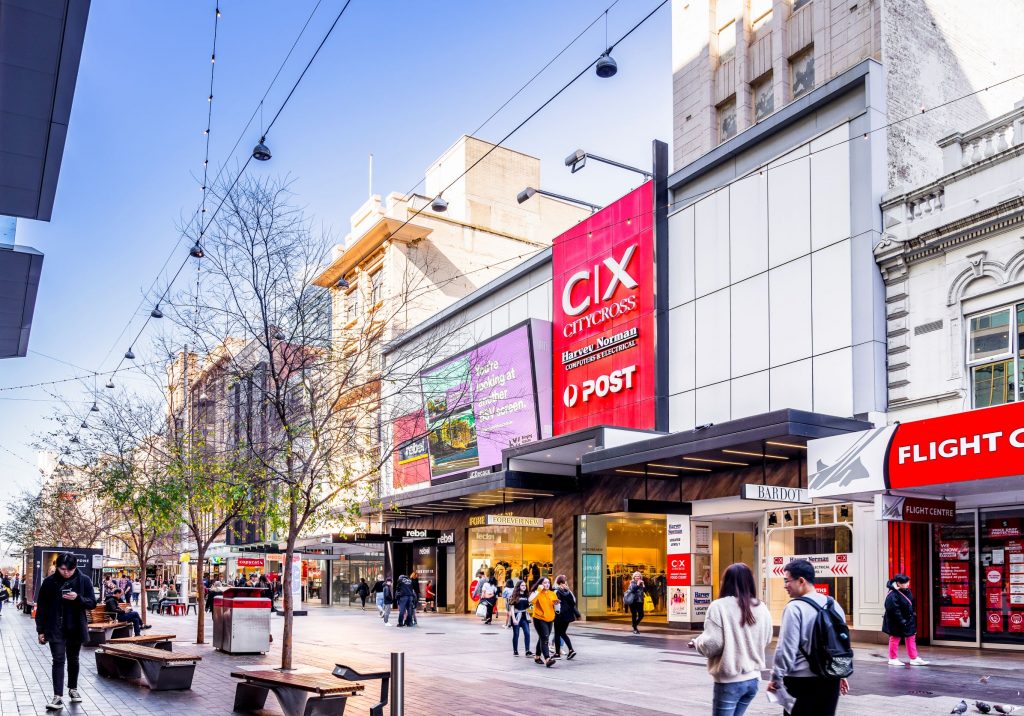
Retail: recovery is on the horizon
The retail sector has seen one of the largest impacts during the COVID-19 pandemic, however there are signs that a recovery in household consumption is on the horizon.
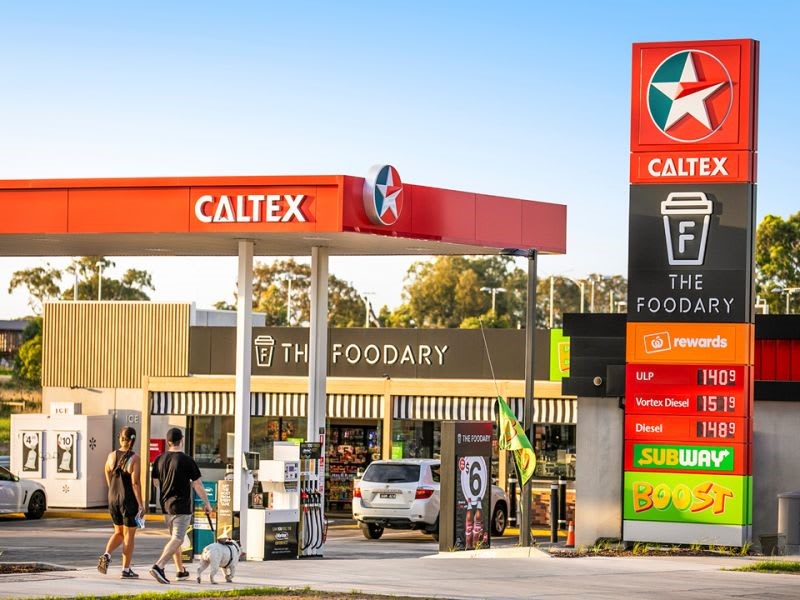
Spending patterns have been significantly disrupted with some categories such as travel being off the cards for Australian households during 2020.
Last year travel accounted for $110 billion with approximately half being international travel.
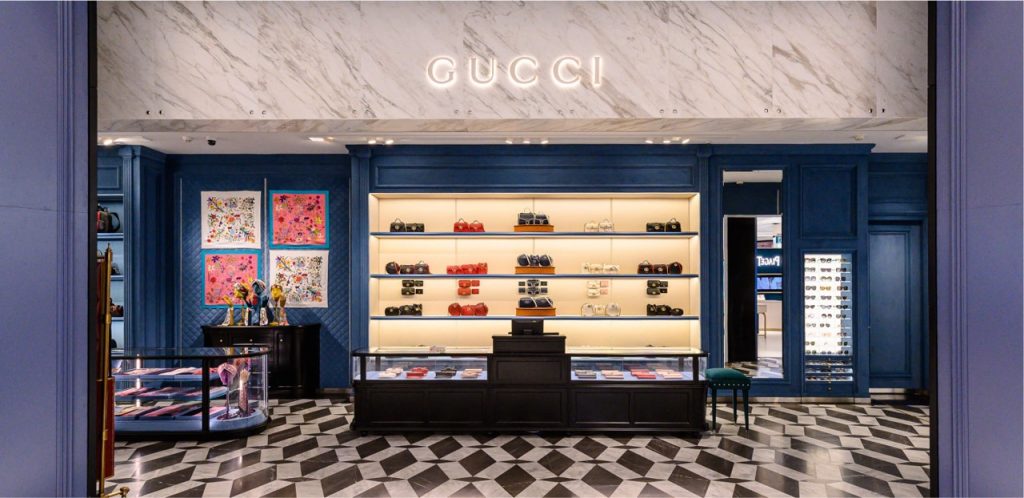
Coupled with Federal Goverment stimulus and early superannuation withdrawals, Australian households have contributed over $70 billion into the economy between March and September and used the balance to build up their savings.
Household savings increased dramatically during the June quarter jumping from 6.0 percent in March to 19.8 per cent in June.
This level of saving gives the capacity for household consumption to improve substantially in the coming quarters, which bodes well for the retail sector into 2021.
Through the height of the COVID-19 pandemic, we saw most investment activity across all property sectors halted, with the retail sector bearing the greatest exposure to the lockdown measures.
However, as restrictions have eased in most States we see that demand for high quality centres, regardless of size, is emerging. Centres servicing a strong catchment which have seen sustained capital investment and are leased to a high proportion of nondiscretionary tenants will always be in demand, regardless of the economic cycle.
As a ‘COVID normal’ emerges, we are starting to see the return of investment in the retail sector and expect that investment volumes will improve through to the end of 2020. In the first three quarters of 2020, investment volumes were estimated at $$2.66 billion across 70 assets.
This is a 29 per cent decrease in value and 16 per cent decrease in total assets when compared to the corresponding period in 2019.
Investment activity in the retail sector has been sustained by transactions of well located, neighbourhood-based centres, which we expect to continue through to the end of the year.
What has been absent this year is the large regional centre transactions which significantly boost total sales.
The retail property sector has seen unprecedented disruption to operations and income as a result of the COVID-19 pandemic. However, the amount of disruption experienced across each retail sub sector has not been equal.
Convenience based centres anchored by supermarket tenants have seen some turnover growth through greater basket sizes during the lock down period, while ‘higher order’ centres with discretionary and ‘retailtainment’ offers have seen significant footfall impacts.
States which have seen restrictions largely lifted are seeing foot traffic close to pre COVID-19 levels and a recovery in retail sales.
Most transactions and divestment programs in the first half of 2020 were placed on hold while the implications of the pandemic became more apparent.
The federal government’s Code of Conduct has resulted in selective rent holidays, abatements and waivers which significantly impacted rental collections through the April to June period.
Portfolios heavily weighted towards regional centres saw larger falls in rent collections in Q2 2020. By contrast, portfolios with a higher exposure to convenience-based retailers saw substantially higher rental collections.
Through July and August several of the large retail landlords reported a substantial improvement in rent collections with most Code of Conduct lease negotiations resolved.
With this high level of disruption and income write downs due to the Code of Conduct, most of the listed sector have undertaken external revaluations of their entire portfolio which has been reported as of June 2020.
Listed owners of retail have factored in softened cap rates, together with below the line provisions for lost income and potential falls in occupancy between the December 2019 and June 2020 reporting seasons.
Our analysis of changes in cap rates saw regional and subregional centres soften on average 26 basis points, with CBD retail softening 17 basis points and neighbourhood centres by just 14 basis points.
All retail portfolios have seen a fall in values between December 2019 and June 2020.
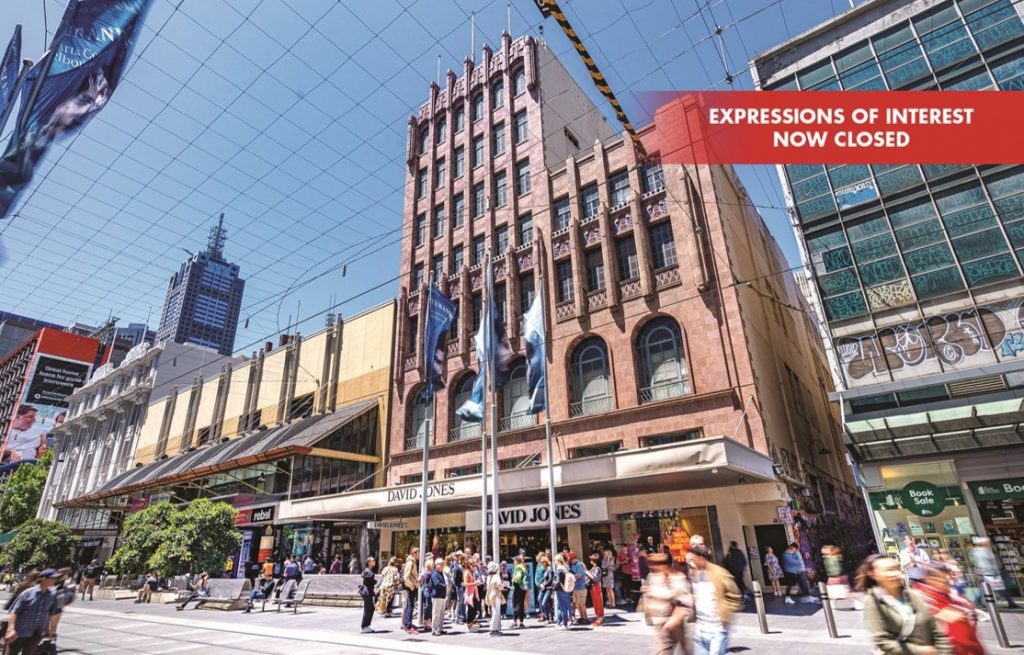
Rare retail trade opportunities
We expect that there is likely to be some further disruption in the retail sector as retailers and landlords come to terms with the ‘COVID normal’.
We expect this to lead to opportunity in the current environment to purchase “Trophy” assets that are rarely traded.
If uncertainty around trading conditions continues and liquidity is required, there will be an assessment of major portfolios which may provide opportunities for assets to come to the market which may have not been traded in many years.
To reinforce this point, we have witnessed a significant increase in the number of investors looking to retail, in order to take advantage of generational pricing dislocation, combined with record low interest rates.
Retail outlook
We are starting to see that there is hope for recovery in the retail sector over the next 6 to 12 months due to a significant increase in household savings.
Labour markets appear to be recovering faster than expected with a fall in unemployment and the participation rate is trending back to pre COVID-19 levels in some states.
As more confidence returns to the economy and labour markets, consumers will be more inclined to spend some of their savings which will largely benefit the retail sector.
Customers are starting to return to large centres while some of the penetration of online shopping easing, although remains above pre COVID levels.
With consumers not able to travel internationally, there is a greater uptake on local holidays, however some of this spending is likely to be retargeted to consumer goods, thereby offsetting impacts to decreased foot traffic in the medium term.
We expect that once comfort in medium to long term forecasts are reached by investors, capital will look to exclusively target assets underpinned by strong catchments with ideal property level fundamentals.
This mismatch between ‘ideal vs. challenged’ assets will become much starker and create a significant two tired market, and we believe that the saleability of some assets will be challenged without significant repositioning potential.
Centres which have received sustained investment over its lifecycle in order to maintain relevance with its local catchment, will continue to be highly sought over the short term, with investors being opportunistic where the investment profile is right.
We expect that non-discretionary centres will be in high demand and that there is a possibility of yield compression and increased values for well-located, strong catchment centres.
There are several institutions which are looking to invest further in this sector.
Large Format Centres have continued to perform well and have seen limited valuation write downs. We also expect that quality assets regardless of size and sub-category which have strong catchments and performance will continue to be in demand. The next 12 months could provide some significant buying opportunities for long held trophy assets.
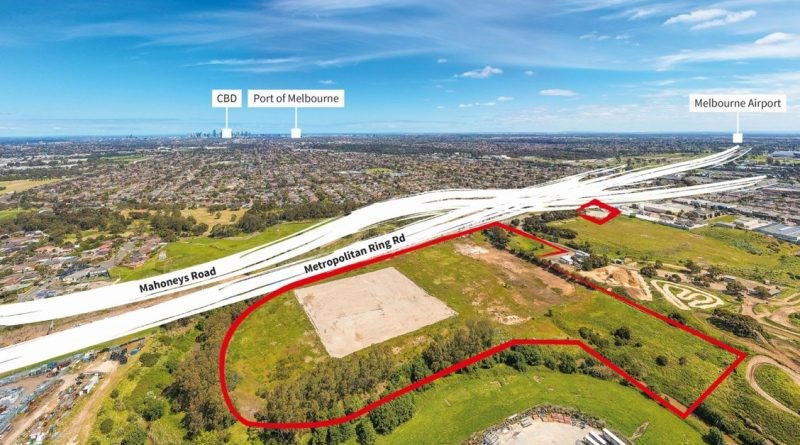
Industrial & logistics: in demand
Industrial and logistics property has been brought to the forefront in 2020 and is now the most sought-after real estate asset class among a large share of institutions and private investors.
Beyond the macro themes, investment allocations to the sector have risen significantly over the past 12 months as groups reweight from other real estate sectors or look to gain further exposure while the depth of capital is continuing to place downward pressure on yields.
In recent times of economic uncertainty, the industrial and logistics sector has proven to be resilient, buoyed by several cyclical and structural tailwinds which continue to underpin the occupier market.
These fundamentals have not gone unnoticed from an investment perspective with a large volume of capital looking to be placed in the sector, particularly for prime grade assets in core locations. In the nine months to Q3 2020, $3.57 billion ($10 million +) has traded within the sector and compares to $3.38 billion at the same point in 2019.
Unlike previous years where a large share of investment volumes were derived from secondary grade assets, the bulk of assets to trade in 2020 have stemmed from prime offerings.
To illustrate, the average deal size so far in 2020 has been $67.4 million, well above the $30.7 million average recorded in 2019 and the five-year average of $33.0 million.
Two key themes have emerged in 2020 – flight to quality and sale and leaseback transactions.
Shifting market dynamics has forced groups to reassess risk and chase security and as a result, prime assets with strong underlying covenants have been highly sought after. Similarly, corporates who own their warehouses are increasingly taking advantage of strong market fundamentals and the strength of the industrial and logistics market via a sale and leaseback strategy and subsequently, these types of transactions have dominated investment volumes within the sector in 2020.
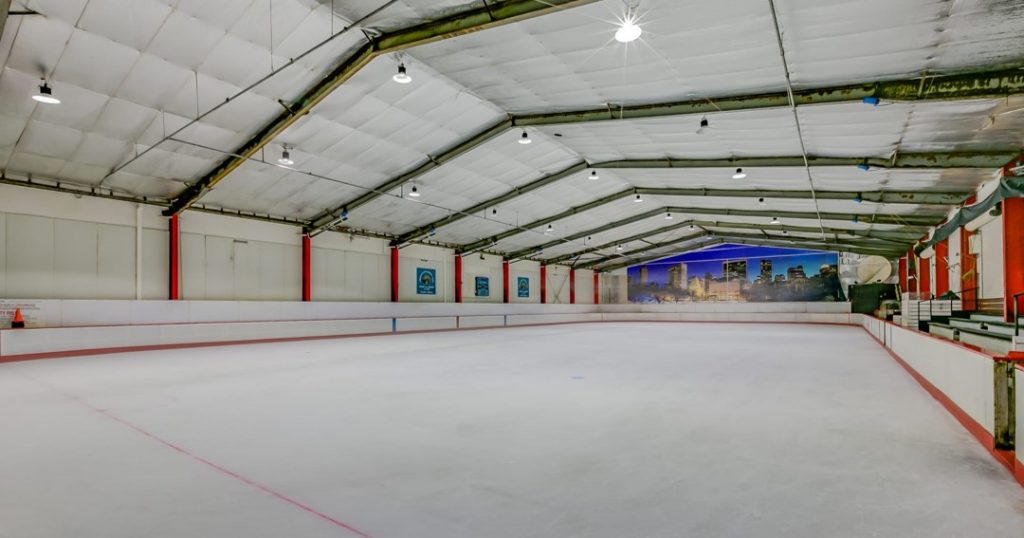
Sale & leasebacks became common
Given increased pressure on balance sheets, many industrial businesses are reassessing their capital needs to support their long-term growth.
Each business has been impacted differently by COVID-19 with some reporting a significant pick-up in business revenue while there are others who will struggle to trade through the current period.
While the overall financial impact of COVID-19 is still unknown, there will be several months of operational impacts across most industries.
Although industrial businesses have been more sheltered in recent months given the exponential growth of e-commerce and demand for food and pharmaceutical goods, businesses have become more sensitive to costs in the current climate and many owner occupiers are increasingly looking at their property occupancy strategies to unlock value.
Those corporate businesses who own their real estate assets can ensure the future viability of their business by potentially entering into a sale and leaseback arrangement and freeing up their latent real estate assets.
For this reason and coupled with the strength of the industrial and logistics investment market, sale and leaseback transactions have been an integral factor within the investment market in 2020 (item continues below).
Given pricing has remained firm for industrial assets post COVID-19 when compared to other sectors, corporates are unlocking the true value of their asset and leaving no money on the table.
While not a new phenomenon, sale and leaseback activity in the sector has represented 60 per cent of total investment volumes so far in 2020 with $2.16 billion trading over the period.
By comparison, approximately $1.4 billion in sale and leaseback transactions were recorded in 2019.
Given the current economic uncertainty and coupled with the low interest rate environment, sale and leaseback transactions represent a viable opportunity for corporates to liberate capital that is tied up on the balance sheet and reinvest the funds back into their business or reduce debt.
Increased corporate M&A activity has also fuelled transaction volumes as several groups acquire businesses and then split out the real estate components through a sale and leaseback arrangement. The late 2019 divestment of the Arnott’s portfolio highlights this – the three assets were brought to the market by KKR following their acquisition of the Campbell Soup business.
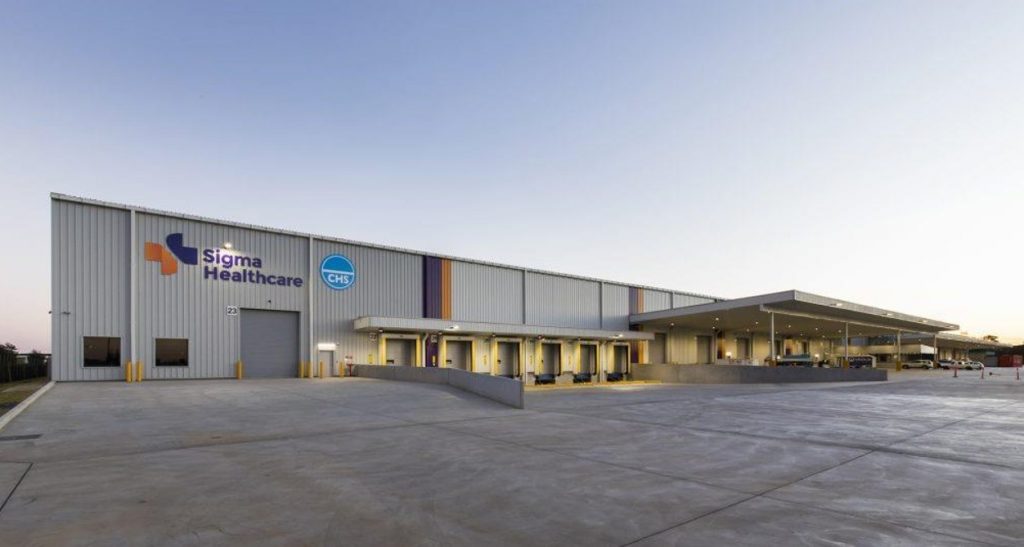
Manufacturers drove sale and leaseback deals
In 2020, sale and leaseback activity has stemmed from a diverse corporate profile.
By volume, 35 per cent of sale and leaseback assets to trade this year are from manufacturing-based businesses, followed by retail trade (27 per cent), transport and logistics (15 per cent) and pharmaceutical (11 per cent).
The strong representation of manufacturing is varied and includes food, glass and packaging related businesses. Major corporates to trade their industrial assets include ALDI, DHL, Sigma Pharmaceutical, Telstra, Owens-Illinois Australia and Border Express.
The one constant in these transactions has been corporates taking advantage of favourable pricing metrics and the overall strength of the industrial and logistics market.
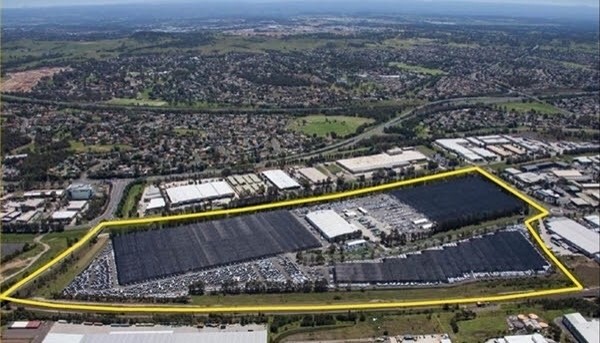
State by state performance: industrial
The industrial and logistics investment market is expected to gather further momentum in 2021.
At present, there is an estimated $26 billion in capital looking to invest in the sector.
Given that just $3.57 billion has traded so far in 2020, it highlights the significant mismatch between supply and demand and the significant volume of unsatisfied capital looking to be placed.
As a result of this, we expect that additional assets will be brought to market in 2021 as groups look to capitalise on the continued strength of the industrial and logistics market.
New South Wales
Investment volumes in the year to Q3 2020 across New South Wales totalled just under $1.48 billion across 17 assets, representing an average value of $87.0 million.
Investment volumes so far in 2020 have accounted for 84 per cent of the levels recorded in 2019 where $1.75 billion traded.
Institutional investors remain heavily focussed on the Sydney market and have acquired 88 per cent of assets to trade.
Alternatively, corporates have represented 54 per cent of vendors by volume over the period with almost $800 million trading via a sale and leaseback. Major sale and leasebacks in 2020 have included Aldi Minchinbury and Prestons ($359.9 million collective total), Sigma’s distribution centre at Kemps Creek ($133.6 million) and 37-39 Wentworth Street, Greenacre ($100 million).
Recent sales indicate yield compression for selected core markets.
Victoria
Almost $1.25 billion has traded across the Victorian industrial market so far in 2020.
Similar to the trends recorded in 2019, fewer assets have been brought to market this year with 16 assets trading so far in 2020, underpinned by Centuria’s acquisition of the Telstra data centre at Clayton for $416.7 million.
However, with an average value of $77.8 million, compared to $28.3 million in 2019, the bulk of transactions to trade have been prime assets.
Other major sales in Victoria included Aldi Dandenong South ($158.6 million), Ford Mickleham ($73.5 million) and 415 Cooper Street, Epping ($71.5 million).
The confluence of few assets for sale and significant levels of demand has led to further compression in yields in 2020, albeit concentrated within the prime market.
Queensland
Investment sale volumes in Queensland have fallen in 2020 with $530.6 million trading so far, compared to $1.56 billion in 2019.
Notwithstanding this, two assets above $100 million have traded this year in Brisbane – ALDI Brendale ($132.5 million) and the remaining 50 per cent stake in the Coles cold storage distribution centre at Parkinson ($152.5 million).
Yields have remained stable in 2020, however, there is evidence of compression in selected submarkets.
Notably this includes the above mentioned Coles cold storage distribution centre – The first 50 per cent stake was acquired by DWS in mid-2019 on a yield of 5.63 per cent ($134.2 million) while the remaining 50 per cent sold on a yield of 5.11 per cent ($152.5 million), reflecting 52 bps of compression over the year.
Western Australia
Just three assets above $10 million have traded so far in 2020 with investment volumes for the period totalling $158.5 million.
However, this surpasses the level recorded in 2019 where volumes totalled $105.4 million.
Two major transactions were recorded and were Channel 7 West Perth, Osborne Park ($75 million) and Stockland’s divestment of the Balcatta distribution centre – 22 Geddes & 20 Kenhelm Streets, Balcatta ($63.5 million) to Charter Hall.
Despite just three assets trading, demand remains elevated, evidenced by the sales campaign of the Balcatta distribution centre where there were eight bids received at the close of round one and included institutional, offshore and private capital.
South Australia
Four transactions above $10 million have been recorded in South Australia this year, totalling $161.4 million, with an average deal size of $40.4 million.
Two transactions have been sale and leasebacks, totalling just over $80 million.
The buyer profile has been dominated by institutions at 89 per cent and includes Charter Hall and Primewest.
The largest asset to trade this year in South Australia was the Rand Distribution Centre at Direk which sold to Moelis in August for $63.05 million.
The other trades include 617 – 625 Port Road, West Croydon ($59.1 million) which sold to Charter Hall as part of the OIA portfolio and the sale and leaseback of the Border Express distribution centre at Salisbury South to Primewest ($22 million).
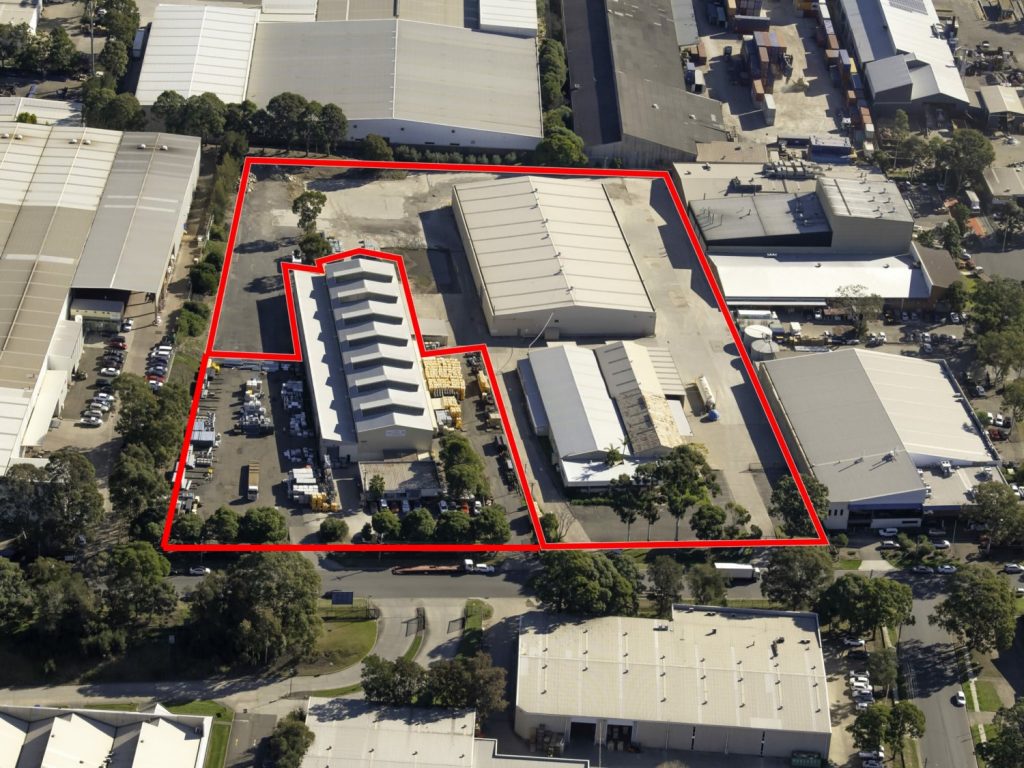
Industrial & logistics outlook
The outlook for the industrial and logistics sector remains positive.
While a drop in the level of population growth will create a drag on consumer consumption, this will be partly offset by significant levels of infrastructure investment and the exponential growth of e-commerce.
More broadly, economic conditions are expected to improve in Q4 2020 and into 2021 which will further support spending patterns and industrial occupancy demand.
While local institutions have dominated the investment market in 2020, once the Australian borders open for business travel, we expect increased demand from offshore groups in both a direct and indirect capacity.
Local institutions are expected to remain heavily focussed on the prime core market as they continue to place a large emphasis on covenant strength in the current period.
Alternatively, secondary assets will remain heavily sought by privates and mid-tier funds looking for more opportunistic returns.
With fewer assets being brought to the market compared to the past five years, investment in alternative subsectors including cold storage distribution centres and data centres will become more prevalent.
Previously these niches of the market were often shunned by investors as they are highly specialised, however, institutions have come to better understand the fundamentals driving each sector.
From a pricing perspective, prime yields are expected to largely remain at their current levels while there is likely to be some upward movement in the secondary market in some instances as risk becomes priced in surrounding covenant, asset and location.
Yields for industrial and logistics assets will remain resistant to upward movements given the strong investment flows into the sector and the favourable spread to the risk-free rate and cash rate
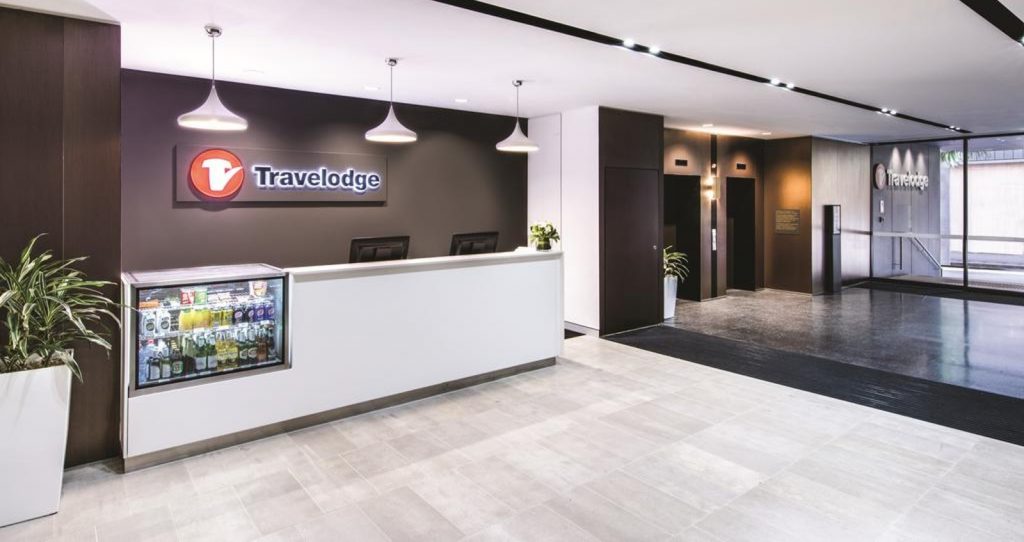
Hotels: transaction activity halts
2020 has brought an abrupt halt to the bull run of transactions for the Australian hotel investment market.
Transactions have declined markedly to total $406 million over the first nine months of the year and with expectations that annual volumes will total around $600 million, relative to the long-term average of $1.6 billion.
This would represent the lowest annual transaction volume since 1999 and highlights the severity of the COVID-19 crisis for the Australian hotel investment market.
To date the industry has worked together well to manage the impacts of the crisis; operators have treated employees with empathy and banks have shown restraint and a willingness to work with their clients to manage cashflows.
Temporary changes to external administration procedures, as well as extension of the JobKeeper government subsidy scheme to March 2021 and changes to Hotel Industry General Award (HIGA) are also providing an additional level of support to hotel owners.
This is pushing asset sales into 2021 and beyond.
Many of the transactions which have concluded in 2020 were launched prior to COVID-19 with few new campaigns having commenced since lockdowns began in March.
Deal flow has primarily comprised smaller assets being acquired by private investors with only one transaction above $100 million.
The ticket size averaged just $27 million, a decline of 40 per cent compared to 2019, whilst the average price per key increased marginally to $343K.
Whilst partly reflecting the timing and composition of deals, it highlights how post-COVID hotel pricing remains largely untested in Australia.
Sydney has been the most active investment market with three deals concluding including one site sale and more asset sales currently in play.
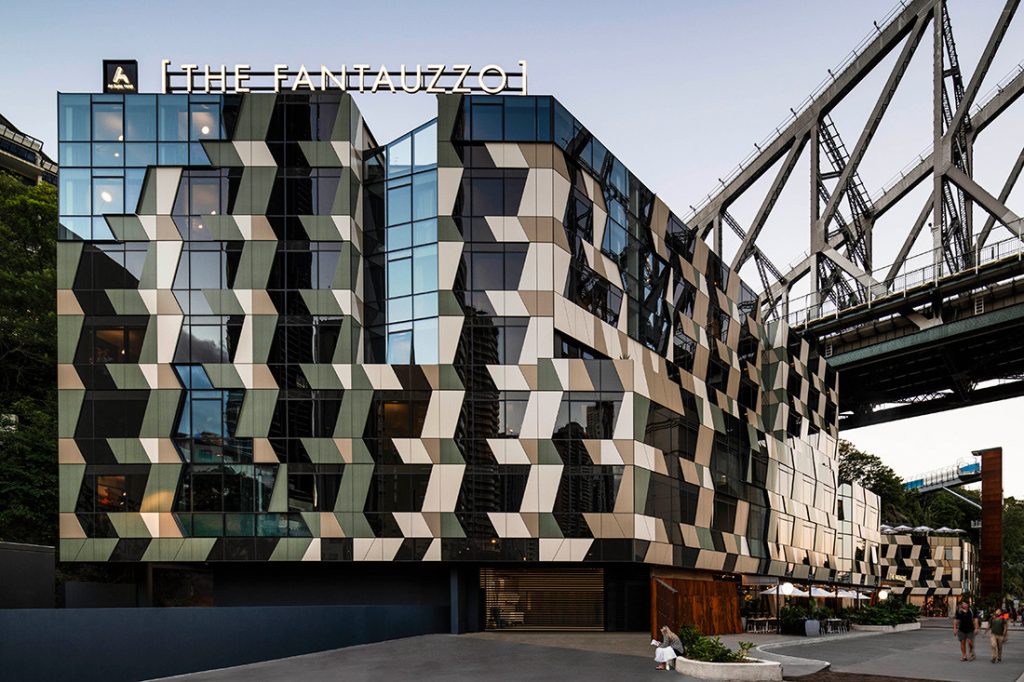
Offshore capital continues to dominate
Despite travel restrictions in place since February and hard border closures from the end of March, offshore capital remained active accounting for 70 per cent of deal flow.
Foreign buyers acquired the three highest value assets. The ongoing active role of foreign capital in Australia’s hotel investment market will be crucial to underpinning valuations over the near term.
Offshore groups have accounted for over half of the capital invested over the last 20 years and are playing a more active role in the development of new accommodation stock.
The closure of international and state borders is restricting business as normal with a reluctance by foreign investors to commit capital without undertaking a physical inspection.
This is being compounded by the slowing of FIRB approvals with thresholds reduced to zero.
Whilst Asian counter cyclical buyers have typically stepped in during periods of crisis, the circumstances we are experiencing in 2020 are providing a unique window of opportunity for domestic investors and offshore groups with an established team on the ground.
All equity purchasers are also advantaged in the current climate given the reticence from many domestic lenders to provide debt to the hotel sector.
What has become clearer over the past few months is how the Australian hotel valuation community is treating the impacts of Covid-19 and their approach to valuations given the range of methodologies upon which they rely.
Valuations now place more emphasis on the 10-year discounted cashflow approach and likely rate of return an investor will require over this period, as well as the stabilised earnings or yield approach.
H1 2021 presents a confluence of factors against a weak demand backdrop with the proposed end of JobKeeper, cessation of the bank moratorium and deferral of insolvent trading provisions, reopening of closed hotels and opening of new supply, as well as the commencement of the new Foreign Investment Review Board (FIRB) regime in January 2021 – all of which will factor in any transaction.
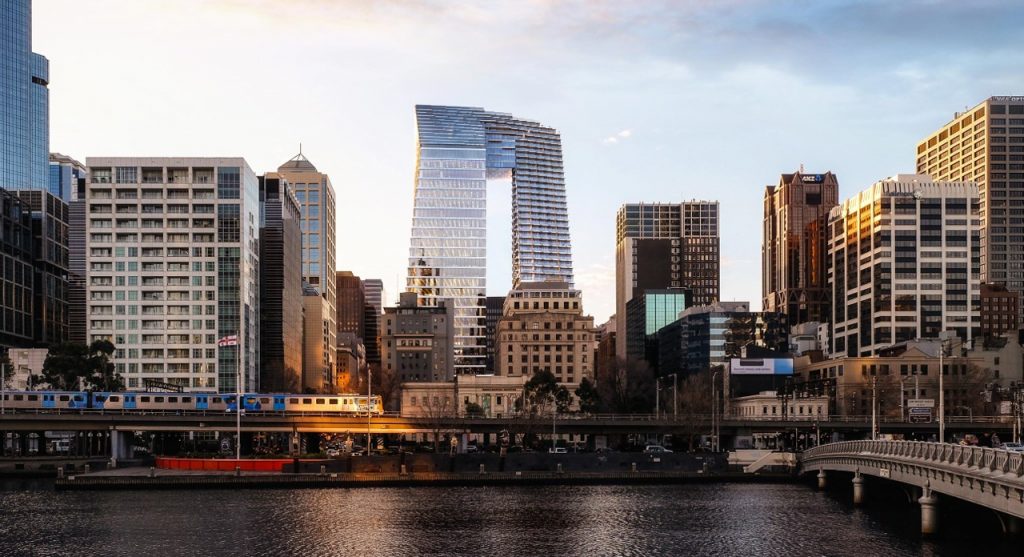
Trading snapshot: hotels
The global hotel and tourism sectors have been one of the most impacted by social distancing measures introduced by governments across the world in response to COVID-19 with impacts widespread and indiscriminate across borders, cities and visitor segments.
The outlook for hotel trading across Australia continues to improve, though demand is expected to come back in layers over the coming year.
Australia’s domestic leisure markets are expected to recover first as interstate border restrictions are lifted with notable trading spikes during school holiday periods boosting regional hotel markets.
The establishment of a travel bubble between New Zealand and NSW/NT effective from October 2020, is also hoped to provide a blueprint for the wider reopening of Australia’s international borders, providing an additional boost to hotels.
Domestic corporate travel is expected to be slower to recover but with growing momentum through the second half of 2021, helping to deliver much needed demand into the CBD hotel markets.
Expectations are for international tourism and MICE demand to commence recovering in 2022. The opening of many new CBD hotels, originally slated for 2020, have been pushed back which is likely to add additional downward pressure on trading over the first half of the year.
Variability between hotel markets has narrowed
Occupancy levels have generally exhibited a strong downward trend throughout 2020 in response to lockdowns and restrictions on travel between states and territories.
Only four accommodation markets have recorded occupancy levels above 45 per cent over the first eight months of the year including Hobart (46.4 per cent), Melbourne (46.1 per cent), Adelaide and Perth (both 45.1 per cent).
With room night demand largely limited to returning quarantined travellers in the major centres and the domestic leisure segment, room rates across the ten markets have also narrowed to range between $210 in Sydney and $114 in Darwin over the same period.
We expect this narrowing between accommodation markets to unwind throughout 2021 as demand conditions normalise which should create some excellent buying opportunities with a substantial uptick in stock being brought to market as government stimulus unwinds.
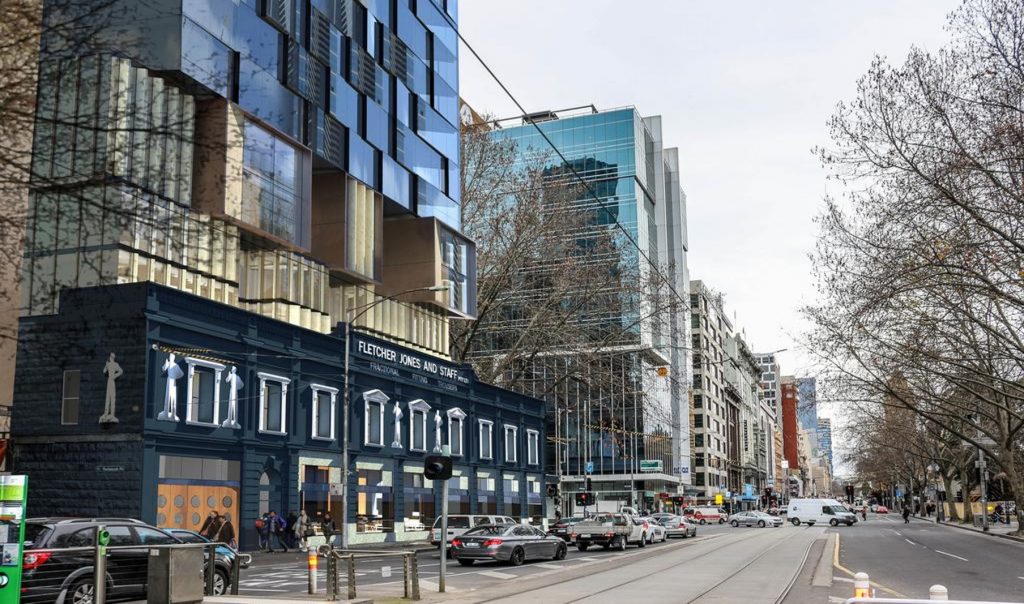
Hotel sector outlook
With room night demand expected to come back in layers over the coming years, investors (and lenders) are expected to place laser-sharp focus on segmentation with geographic source of business and market mix becoming key factors tor annual business planning and underwriting future financial performance in hotel investments.
The potential for a dramatically altered domestic and international travelling public also has the potential to skew many previously held assumptions.
The Millennial traveller (20-40 year olds) already made up over one third of the world’s hotel guests and with predictions that this would exceed 50 per cent by 2020. In a post-COVID world, millennial travellers are expected to represent an even higher proportion of the world’s hotel guests, as older generations shun international travel, particularly to destinations which are perceived to be higher risk.
The success of countries in containing the virus and the approach of governments to the establishment of green lanes for travelers in the absence of a vaccine will also determine which nations resume international travel first and more importantly which are welcomed.
Australia is the midst of a hotel development cycle with more than 4,800 new rooms under construction and scheduled to open in 2020.
Many of these openings have been pushed back with new hotels unable to qualify for the JobKeeper subsidy.
Newly developed hotel stock is expected to face greater headwinds with weaker demand through 2021.
Some of these hotels will struggle to gain share and stabilised trade is likely to be at a considerably lower level than the financial forecasts upon which construction projects were predicated.
Refinancing these projects could prove challenging.
Hotels within mixed-use projects – where the hotel brand has been leveraged to position the property and assist with the sale of residential apartments – are more likely to come to market as developers look to crystalize development profits.
Higher participation rates by non-bank lenders, particularly for more marginal hotel development projects, may also add to the stress for some new hotels.
New market entrants have also played a greater role in the Australian hotel investment market over the past decade having acquired an estimated $11 billion of hotel stock in the major cities.
Whilst some of these owners have gone on to build out portfolios, others will be tested by their ability to withstand the current headwinds and an ability to right-size the operation to the projected level of demand.
Lender liability is a significant concern and one that becomes aggravated with a more actively operating business.
A borrower that does not have experience in owning a hotel and working with their operator during periods of economic downturn can cause a lender concern given the potential impact on the hotel’s value.
Whilst we foresee obvious challenges as we move into 2021, Australia’s management of the health crisis and size of the domestic tourism market will result in bringing opportunities for medium to long term investors with an availability of stock past a development phase.
Ongoing government support for what was once the nation’s second-biggest export industry, bringing in more than $100 billion a year in spending, is also expected to set a strong foundation for recovery.
This is an excerpt of Colliers’ ANZ Capital Markets Outlook 2021 analysis published with permission.
The report – with case studies, transactions and a look at New Zealand’s performance – can be accessed following this link.

